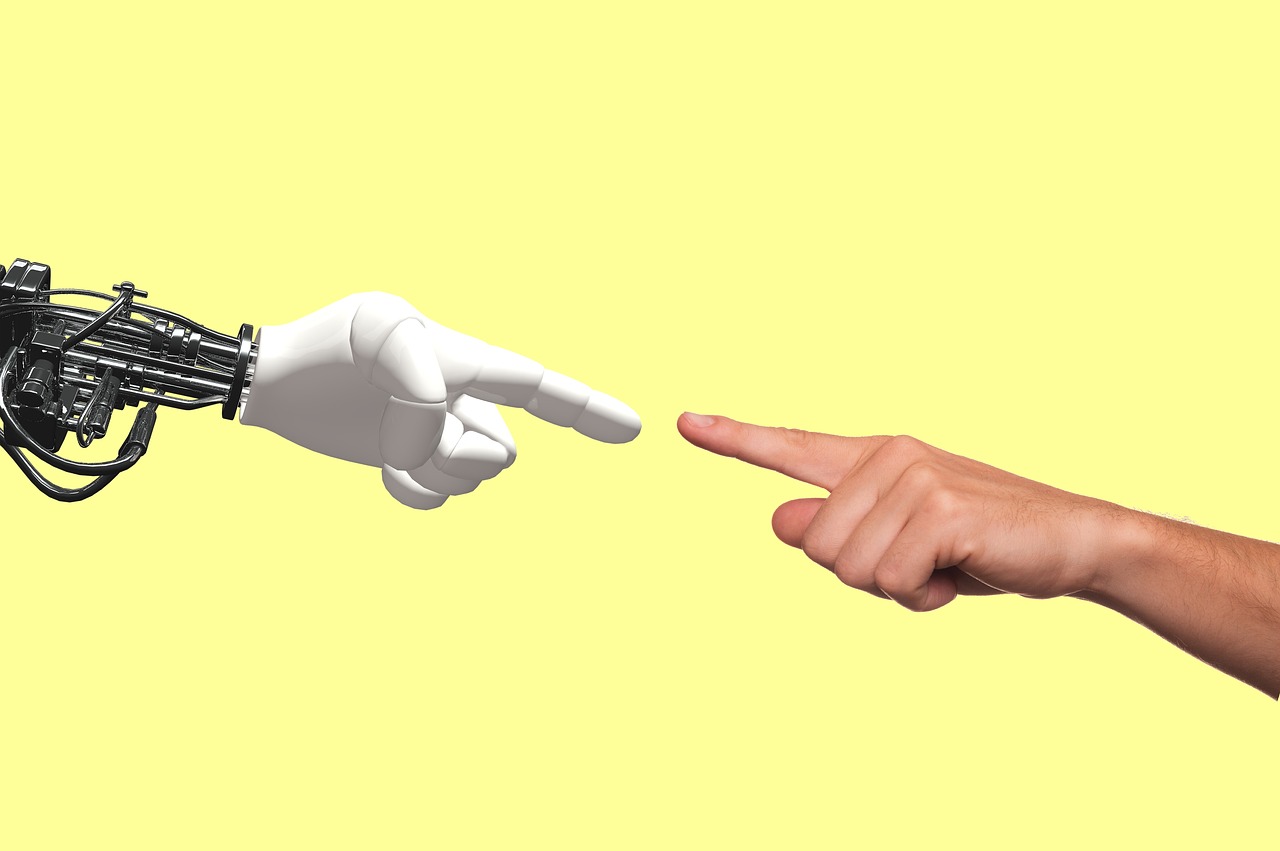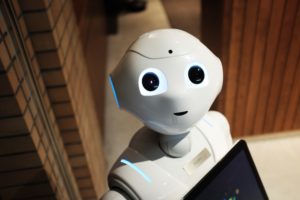
From Uber to Facebook, new technologies are not only contributing to our daily lives, they’re practically changing the way we live. But how are they affecting the way we eat.
In a previous article we laid out the potential benefits technology could hold for the foodservice industry, and while we’ve seen how innovations such as online reservations and self-service checkouts are improving efficiency, can there be such a thing as too much tech?
Take Wetherspoons’ new Order & Pay app. How it works is straightforward enough—you tell it which table you’re sitting at, what you would like to eat or drink, and then you pay for it, all from your phone.

However, what it actually means is far less straightforward. By essentially taking away the need for any social interaction at all, some have suggested it signals the end of the function of the pub as a social hub.
More worryingly, it could be an early consequence of automation—or, in other words, replacing human workers with machines. While this may sound like the plot for a sci-fi movie, in reality, there are multiple reasons why businesses are looking to replace traditional methods for producing and serving food.
Businesses have recently expressed concern at the rising National Living Wage, which contributes to notable increases in food preparation and service costs. Perhaps more pressingly, most respondents to a survey conducted by the British Hospitality Association were worried about post-Brexit immigration and restrictions on the UK’s labour market, with 31% of their workforce coming from the EU.
But while labour is an obvious consideration, pioneers in foodservice automation insist it’s just one of many benefits. They argue that streamlining the ordering process and making it more convenient leads to higher sales.
For instance, Domino’s Pizza—one of the businesses we used as an example in our previous article—saw their stock price rise from $13 in 2010 to $200 in 2017 partly through automating their ordering service and making it accessible via Facebook Messenger, Twitter and Amazon.
According to research published by McKinsey, 73% of jobs in hospitality and food service could be replaced using technology that already exists, because most tasks rely on “predictable physical activities and the operation of machinery”.
The Tea Terrace Restaurant in Cobham’s whimsically named Theresa is one of the latest robot waitresses to be introduced in the UK. The owners cited spiralling costs and onerous business rates as the reasons behind the £15,000 robot’s introduction, and described Theresa as an “ideal employee”, “who will never call in sick, will never complain, never request a holiday, and always shows up to work on time”.

The human cost of automation could be severe. For many people, their first job is often in the foodservice or hospitality industry. Jeff Bezos worked in McDonald’s, Barack Obama worked in Baskin-Robbins. Would their futures have turned out differently if these jobs were taken by machines?
Also, some customers simply don’t like the idea! Oracle’s Restaurant 2025 report warns that hospitality operators should be wary of implementing new technologies at the expense of personal service, with 40% of the consumers surveyed saying that being served by a robotic machine would be a step too far and would feel invasive or strange.
There are also question marks about quality. While some restaurants are replacing kitchen staff with fully automated machines to handle repetitive, low-skilled or potentially dangerous tasks, they’re not as well suited to more highly skilled tasks.
The Barbican recently hosted a cocktail competition where human bartenders competed against and beat the $110,000 Makr Shakr, a robotic mixologist. While the competition was mostly a promotional ploy for the Barbican’s new exhibition on AI, it does reveal something fundamental about automation.
That is, machines are fantastic at copying and repetition, but they don’t have the capacity to understand taste or the ability to create something new. Therefore, although they have application potential in fast food restaurants, reproducing a fine dining experience would be too complex to be financially viable.

And the same goes for service. While in some situations convenience and speed are appropriate, they’re not the sole attributes we are looking. A good waiter or waitress can do things a machine can’t.
As in every industry, there’s a lot of interest in automation at the moment. While you can expect to see more self-checkout kiosks at fast-food chains, the most practical technological application for most businesses remains online reservations and payment, not robots.


